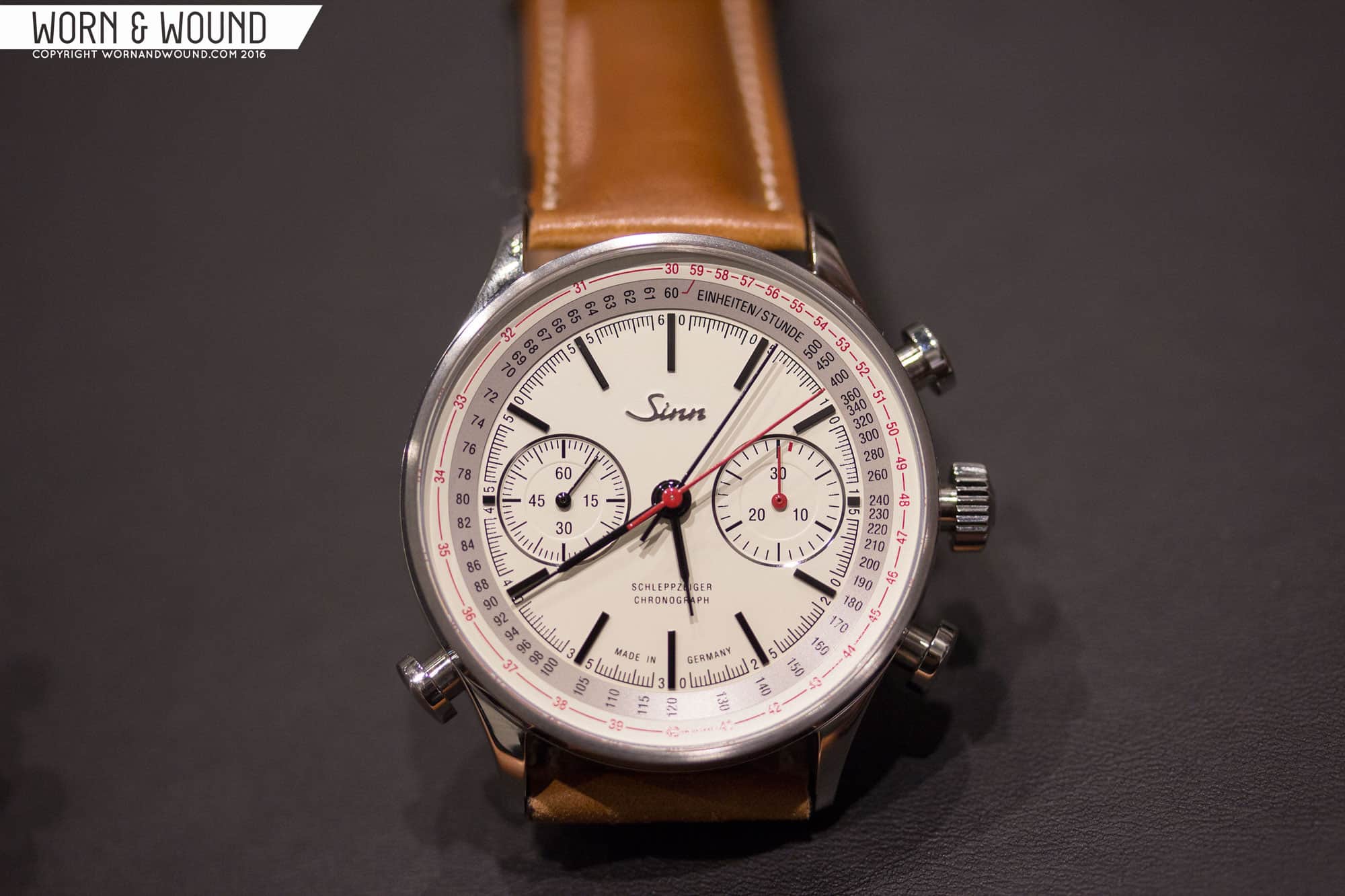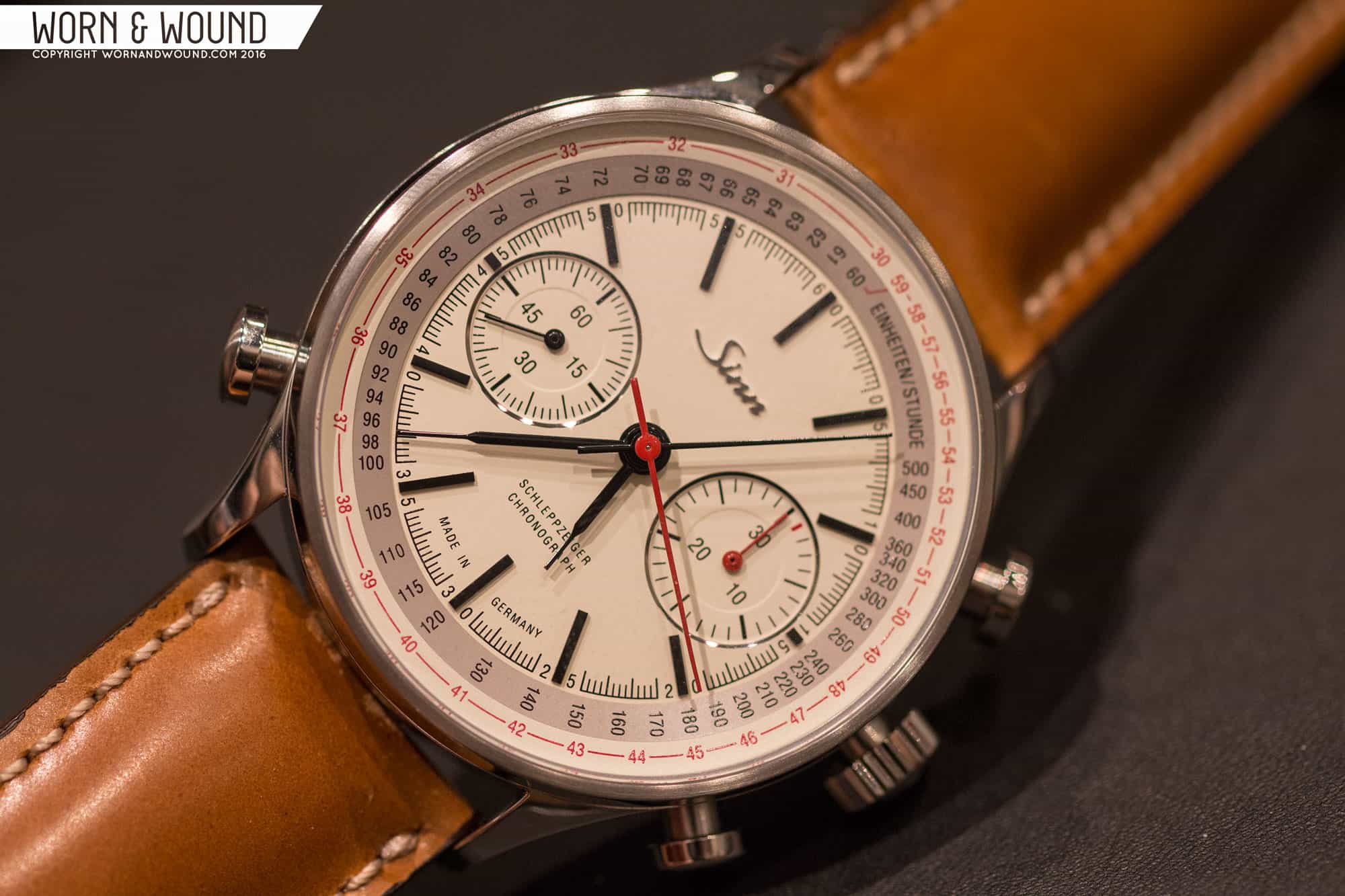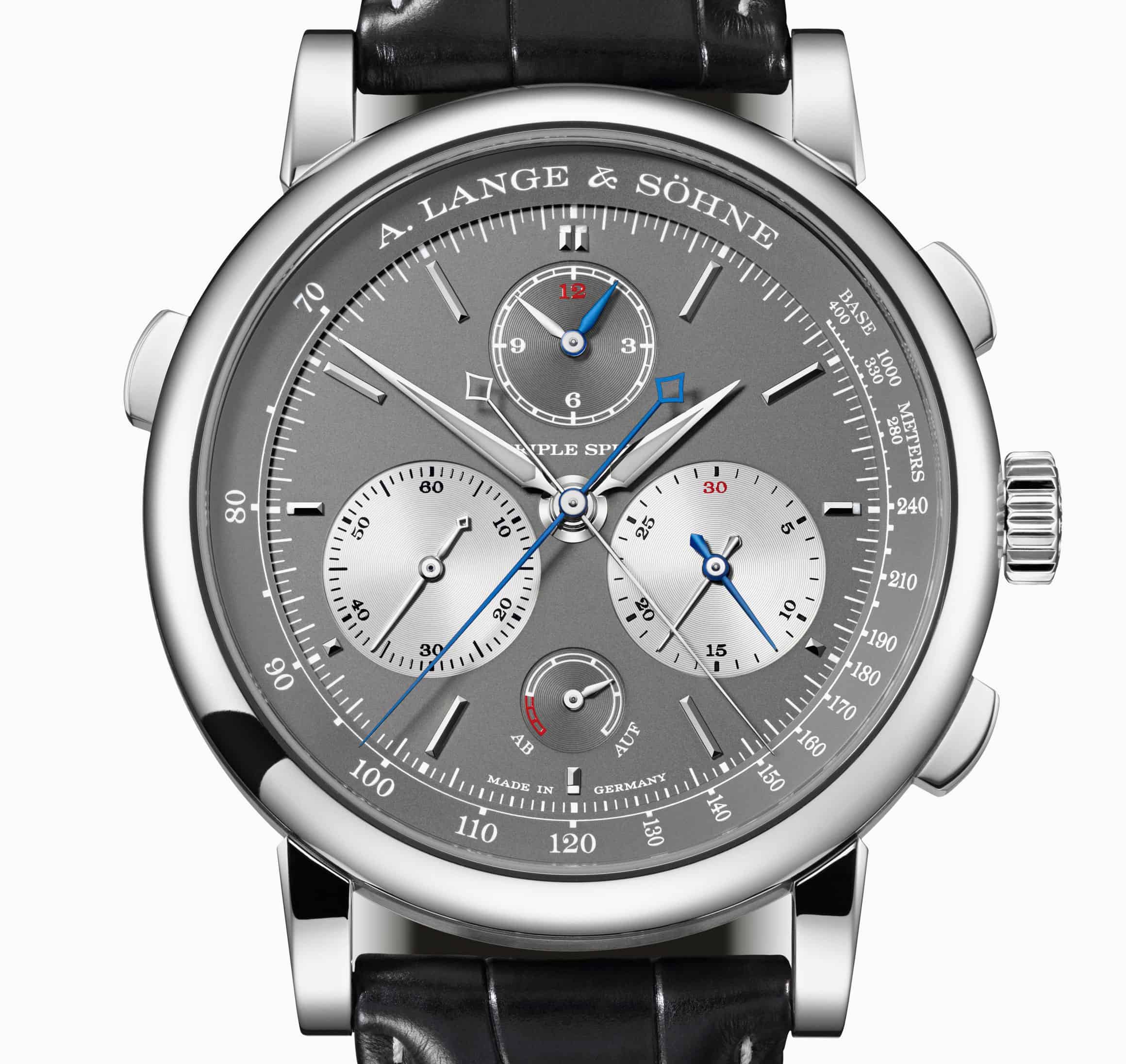The chronograph often features at the top of people’s lists of the most loved or desired complication. Whether it’s timing laps at the track or contractions in the delivery room, most chronograph wearers cannot wait for the next excuse to press those pushers and set the gears in motion.
If the standard chronograph is much revered in terms of function, beauty, and engineering, then the split-seconds chronograph takes that to a whole new level. Commonly known as the rattrapante, but also referred to as a doppelchrono in German, a split-seconds chronograph introduces into the mix a second chronograph seconds hand that can be stopped, started, or set back to zero, allowing you to time multiple events at the same time.
For example, let’s say you want to time the total duration of a race. A simple chronograph is all you need for that. Now, let’s say you also want to be able to time one lap of the race while still measuring its total elapsed time. That’s when a rattrapante is ideal.










 Featured Videos
Featured Videos











